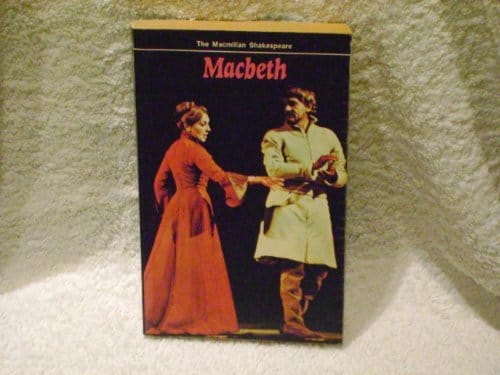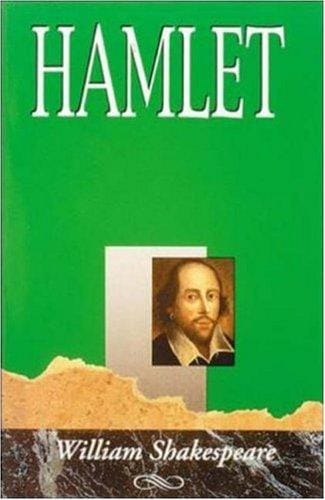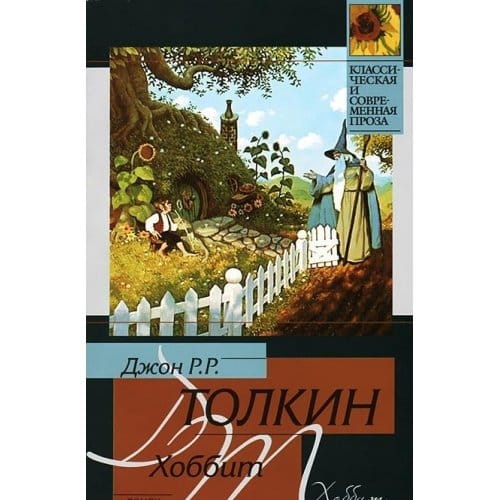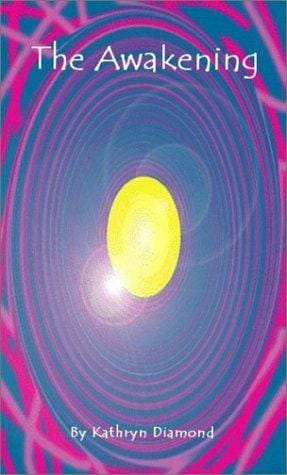A Deep Dive into Shakespeare’s Macbeth: Themes, Characters, and Legacy
Explore Shakespeare's Macbeth in this concise guide covering plot, themes, characters, symbolism, and modern relevance.

The Enduring Power of Macbeth
William Shakespeare’s tragedy "Macbeth" remains one of the most studied and performed plays in the English-speaking world. Written around 1606, the drama chronicles the corrosive effects of unchecked ambition on the Scottish general Macbeth and his equally driven wife. Its compact length, vivid imagery, and psychological intensity make it a favorite for classrooms, theaters, and film adaptations alike.
Plot Overview in Brief
The play opens with three witches who prophesy that Macbeth will become Thane of Cawdor and eventually King of Scotland. When the first prediction comes true, Macbeth, spurred by Lady Macbeth, murders King Duncan to seize the crown. Guilt and paranoia follow, pushing the couple into a spiral of violence. Macbeth orders the killing of his friend Banquo and the family of the nobleman Macduff. Haunted by visions and pursued by enemies, Macbeth meets his end on the battlefield at the hands of Macduff, fulfilling yet another prophecy.
Key Themes Explored
Ambition and Power
At its core, "Macbeth" is a cautionary tale about ambition unbound by moral restraint. Both Macbeth and Lady Macbeth crave power, but they underestimate the psychological toll their crimes will exact. Shakespeare illustrates how the pursuit of authority, when detached from ethical considerations, can destroy individuals and the social order they hope to control.
Fate versus Free Will
The witches’ prophecies raise questions about determinism. Are Macbeth’s actions predestined, or does he exercise free choice in embracing evil? Shakespeare deliberately blurs the line, inviting audiences to ponder the extent to which people create their own destinies through decisions influenced by external forces.
Guilt and Psychological Turmoil
Few Shakespearean protagonists exhibit inner conflict as vividly as Macbeth. Hallucinations—the floating dagger, Banquo’s ghost, and Lady Macbeth’s indelible bloodstains—symbolize the psychological cost of wrongdoing. These elements make the play an early exploration of what modern audiences recognize as trauma and mental health issues.
The Corrupting Influence of Evil
"Macbeth" shows how evil deeds feed on themselves. Each crime necessitates new acts of brutality to conceal the last, turning Macbeth into the very tyrant he once reviled. Shakespeare uses this descent to critique leaders who sacrifice moral integrity for political gain.
Character Analysis
Macbeth
Initially celebrated as a valiant warrior, Macbeth’s tragic flaw is his susceptibility to suggestion. The witches ignite his dormant aspirations, and Lady Macbeth fans the flame. His journey from hero to villain is a study in how incremental compromises can culminate in total moral collapse.
Lady Macbeth
One of Shakespeare’s most complex female characters, Lady Macbeth wields language like a weapon to spur her husband into regicide. Yet the steel in her resolve masks profound vulnerability. Her sleepwalking scene, where she attempts to wash imagined blood from her hands, underscores the unsustainable weight of suppressed guilt.
Banquo
Banquo acts as a moral foil to Macbeth. Presented with the same prophecy, he resists temptation and pays with his life. His ghost’s appearance is a manifestation of Macbeth’s conscience and a narrative reminder of the road not taken.
Macduff
Macduff embodies righteous retribution. His personal loss—the murder of his wife and children—transforms political rebellion into a moral crusade. The showdown between Macduff and Macbeth restores order and offers cathartic justice to the audience.
Symbolism and Imagery
Shakespeare saturates the play with symbols that enhance its themes. Blood represents both guilt and the tangible cost of violence. Darkness cloaks scenes of treachery, suggesting moral obscurity. The natural world reacts to political upheaval—horses eat each other, and day turns to night—signaling cosmic disorder when rightful rule is subverted.
Language and Dramatic Techniques
"Macbeth" features some of Shakespeare’s most memorable lines, from "Fair is foul, and foul is fair" to "Out, damned spot!" The playwright blends blank verse with prose to delineate social status and mental state. Soliloquies grant audiences direct access to Macbeth’s conflicted mind, while rapid scene changes heighten suspense and mirror his increasing instability.
Historical Context
Shakespeare wrote "Macbeth" during the reign of James I, who had a keen interest in witchcraft and traced his lineage to Banquo. The play’s supernatural elements and portrayal of regicide would have resonated with contemporary audiences, aligning with the new king’s political narratives and anxieties.
Modern Relevance
The tragedy’s exploration of ambition, ethics, and psychological fallout continues to resonate. Corporate boardrooms, political campaigns, and even popular television series draw on "Macbeth" to examine the cost of power. Modern adaptations often update the setting while preserving the play’s central moral questions.
Tips for First-Time Readers
To appreciate the richness of "Macbeth," read the text alongside a reputable annotated edition that explains archaic terms. Watching a stage or film version can clarify complex scenes and bring the emotional stakes to life. Finally, consider the historical and cultural context to deepen your understanding of the play’s themes and character motivations.
Conclusion
More than four centuries after its debut, "Macbeth" endures as a masterful study of ambition, morality, and human fragility. Its compact structure, potent imagery, and timeless themes assure its place in the literary canon and in the hearts of audiences worldwide.



